
Do not drop, bump, or apply excessive impacts (300 m/s2 or more for reed switches and 1000 m/s2 or more for solid state switches) while handling. Although the body of the switch may not be damaged, the inside of the switch could be damaged and cause a malfunction. 2. Do not carry a cylinder by the auto switch lead wires. Never carry a cylinder by its lead wires.
Do not drop, bump, or apply excessive impacts (300 m/s2 or more for reed switches and 1000 m/s2 or more for solid state switches) while handling. Although the body of the switch may not be damaged, the inside of the switch could be damaged and cause a malfunction. 2. Do not carry a cylinder by the auto switch lead wires. Never carry a cylinder by its lead wires.
Do not drop, bump, or apply excessive impacts (300 m/s2 or more for reed switches and 1000 m/s2 or more for solid state switches) while handling. Although the body of the switch may not be damaged, the inside of the switch could be damaged and cause a malfunction. 2. Do not carry a cylinder by the auto switch lead wires. Never carry a cylinder by its lead wires.
Do not drop, bump, or apply excessive impacts (300 m/s2 or more for reed switches and 1000 m/s2 or more for solid state switches) while handling. Although the body of the switch may not be damaged, the inside of the switch could be damaged and cause a malfunction. 2. Do not carry a cylinder by the auto switch lead wires. Never carry a cylinder by its lead wires.
Do not drop, bump, or apply excessive impacts (300 m/s2 or more for reed switches and 1000 m/s2 or more for solid state switches) while handling. Although the body of the switch may not be damaged, the inside of the switch could be damaged and cause a malfunction. 2. Do not carry a cylinder by the auto switch lead wires. Never carry a cylinder by its lead wires.
Do not drop, bump, or apply excessive impacts (300 m/s2 or more for reed switches and 1000 m/s2 or more for solid state switches) while handling. Although the body of the switch may not be damaged, the inside of the switch could be damaged and cause a malfunction. 2. Do not carry a cylinder by the auto switch lead wires. Never carry a cylinder by its lead wires.
Do not drop, bump, or apply excessive impacts (300 m/s2 or more for reed switches and 1000 m/s2 or more for solid state switches) while handling. Although the body of the switch may not be damaged, the inside of the switch could be damaged and cause a malfunction. 2. Do not carry a cylinder by the auto switch lead wires. Never carry a cylinder by its lead wires.
Temperature abnormality On 16 Series E-MY2 Auto Switch Specifications Auto Switch Common Specifications Reed switch Solid state switch Type Leakage current 3-wire: 100 A or less 2-wire: 0.8 mA or less None Operating time 1.2 ms 1 ms or less 300 m/s2 1000 m/s2 Impact resistance 50 M or more at 500 VDC Mega (between lead wire and case) Insulation resistance Withstand voltage 1000 VAC for 1
Mount switches in locations where there is no vibration greater than 98 m/s2, or no impact greater than 490 m/s2. 3. Do not use in an area where surges are generated.
Do not drop, bump, or apply excessive impact (PSE540: 980 m/s2, PSE560: 500 m/s2) while handling. Although the body of the sensor may not be damaged, the inside of the sensor could be damaged and lead to malfunction. 2. The tensile strength of the cord is 50 N. Applying a greater pulling force to it can cause malfunction.
specifications Coil specifications Seal material NBR, FKM, EPDM, PTFE Ambient temperature (C) 20 to 60 1 to 60 (No freezing) Fluid temperature (C) VC Dusttight/low jetproof (equivalent to IP65) Enclosure VDW Environment Location without corrosive or explosive gases (3) Valve leakage (cm3/min) 0 (With water pressure) VQ Mounting orientation Unrestricted (4) Vibration/Impact resistance (m/s2
Note 1) 25P Note 1) 26P 20P Side entry Side entry Side entry Connector entry direction Connector entry direction Connector entry direction P. 523 P. 527 P. 531 P. 535 Top entry Side entry Top entry Top entry Side entry Side entry Without cable S0 S1 S2 S3 U0 U1 U2 U3 S0 S1 S2 S3 0 1 2 3 U0 U1 U2 U3 U0 U1 U2 U3 S0 S1 S2 S3 Without cable Without cable With cable (1.5 m) With cable (3 m) With
]*2 20 Impact resistance [m/s2]*3 100 ZL3 ZL6 Branch With valve *1 Values are at the standard supply pressure and based on SMCs measurement standards.
ZP3EA-S2 [Weight: 7.6 g] 24 47 15 29 4 20 36 Applicable pad part no. ZP3E-63UM ZP3E-80UM ZP3E-100UM ZP3E-125UM ZP3E-63BM ZP3E-80BM ZP3E-100BM ZP3E-125BM Applicable pad part no.
Note 1) 25P Note 1) 26P 20P Side entry Side entry Side entry Connector entry direction Connector entry direction Connector entry direction P. 523 P. 527 P. 531 P. 535 Top entry Side entry Top entry Top entry Side entry Side entry Without cable S0 S1 S2 S3 U0 U1 U2 U3 S0 S1 S2 S3 0 1 2 3 U0 U1 U2 U3 U0 U1 U2 U3 S0 S1 S2 S3 Without cable Without cable With cable (1.5 m) With cable (3 m) With
Program P1 P2 P3 P16 S1 S1 S1 S1 S2 S2 S2 S2 Step S32 S32 S32 S32 Following are CEU2s special feature: 1. Predictive Control & Learning Function (Allow High Repeatability and Precision. 0.5mm) With learning function, after every execution, brake point will be amended, according to the deviation of stopping position from setting position.
ON/OFF / / 2 3 3 2 1 2 / -20- 3.3. [] LEC LEC / P.32 5.3 <> NPNPNP LEFS16A-100 NPN <> INPIN []INP ON ON INP ON OFF -21- <> No.1 01 a b c d e f g h i j k a ABSINC No. 1 2 mm/s mm mm/s2 mm/s2 % % mm/s % mm mm mm 0 ABS 250 50.00 3000 3000 0 0 0 100 48.00 50.00 0.50 1 ABS 250 0.00 3000 3000 0 0 0 100 0.00 2.00 0.50 ABS()/ / INC()// b c d e f 00 g h i 100%DC24V 250% j 12
Do not drop, bump or apply excessive impacts (300m/s2 or more for reed switches and 1000m/s2 or more for solid state switches) while handling. Although the body of the switch may not be damaged, the inside of the switch could be damaged and cause a malfunction.
P4 is selected by the ON/OFF combination of S1 and S2.
Operating: 0 to 50C, Stored: 10 to 60C (with no freezing and condensation) Resistance Operating or Stored: 35 to 85%RH (with no condensation) 10 to 500 Hz with a 1.5 mm amplitude or 98 m/s2 acceleration, in each X, Y, Z direction for 2 hrs., whichever is smaller.
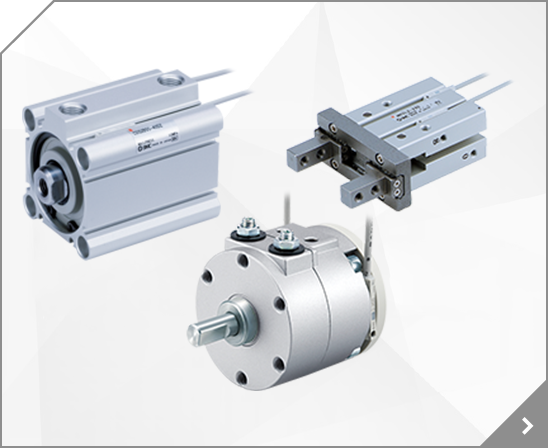


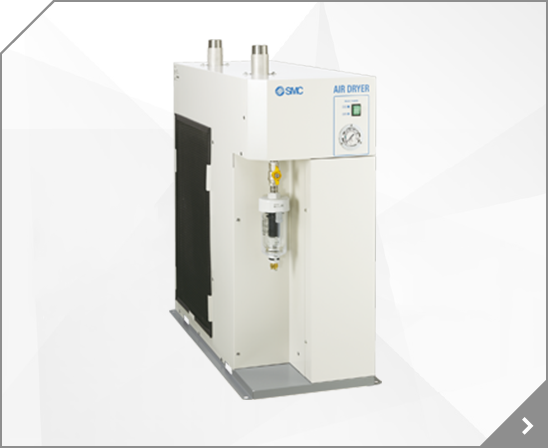
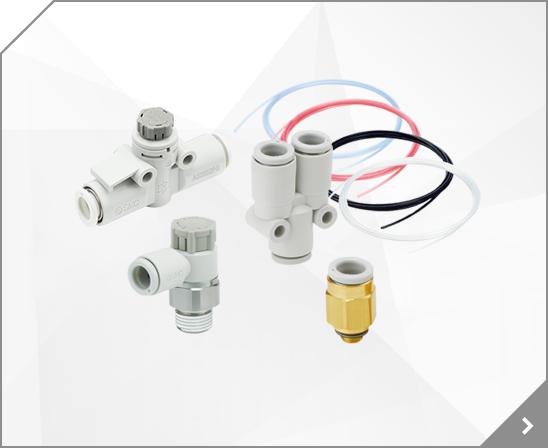
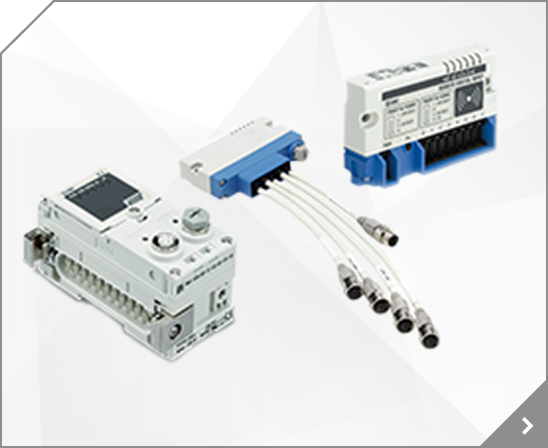
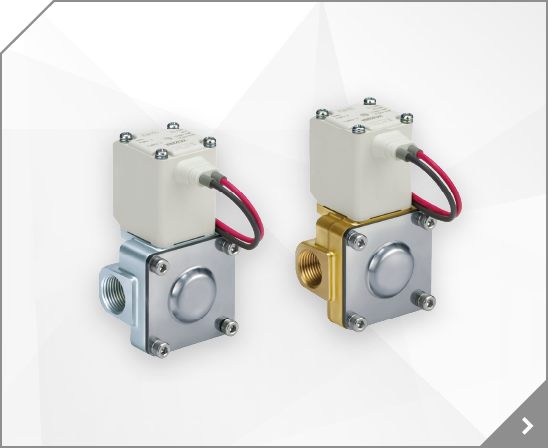
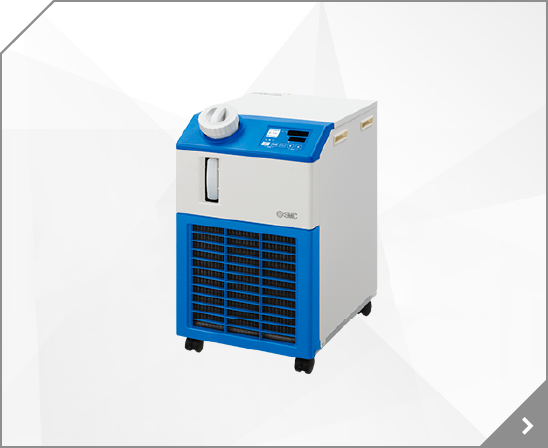
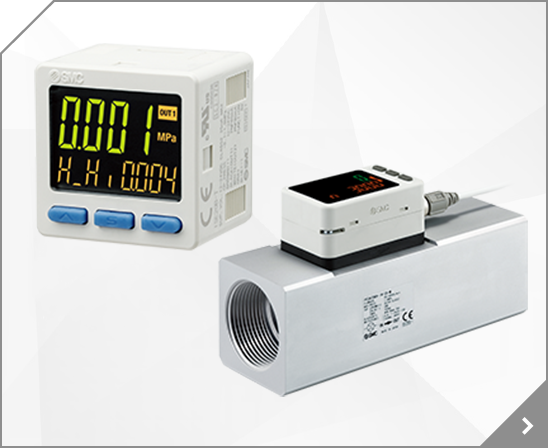
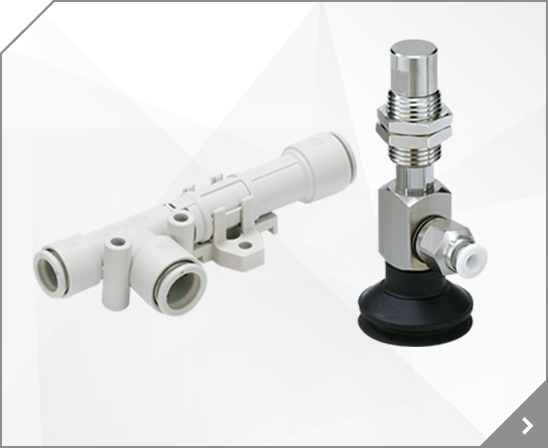

 Auto Switch Guide
Auto Switch Guide